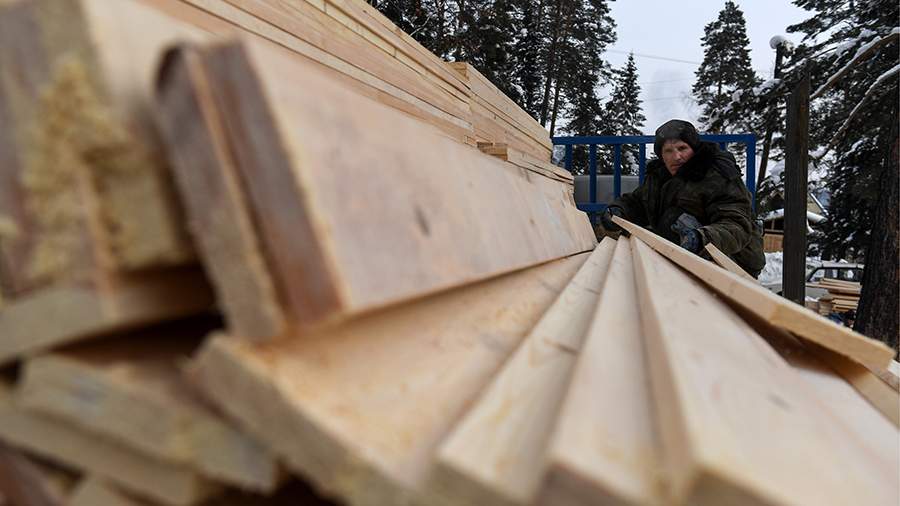The cost of timber, boards and other sawn timber will finally stabilize by the beginning of the construction season on the Russian market in 2022, but the price level will not be lower than in 2021, however, the price growth rate is expected to be low. This information follows from the forecast of Roslesinforg, received by the editors of Izvestia on Saturday, January 22.
“A decrease is possible only by the end of 2023, but provided that the global economy overcomes the consequences of COVID-19,” the organization believes.
They noted that in January, strong demand for sawn timber in the United States and China again provoked price increases. Last year, prices on the Russian sawn timber market rose mainly due to a shortage of raw materials caused by rush demand. The cost of raw materials in the cost of plywood, chipboard (chipboard) and fibreboard (DFP), cellulose, paper and cardboard, veneers and wallpaper exceeded 40%.
The market was affected by the closure of a number of large sawnwood factories in Canada due to the depletion of the raw material base. Then the trade confrontation between Australia and China escalated, as a result of which the Chinese turned their attention to Russian timber, which aggravated the shortage of timber in the domestic market of Russia. The pandemic has triggered a boom in individual housing construction and increased consumption of wooden packaging and other materials for transportation. The growth of exports provoked an increase in the cost of production – processing plants expanded logistics and supply regions.
However, the increase in prices had a positive impact on the forestry business, making it highly profitable for the first time in 10 years. Entrepreneurs have shifted their focus to wood processing and prepared to limit the export of unprocessed wood and raw sawn timber.
“Therefore, it is not worth waiting for a fall in sawn timber production and a decrease in export volumes. The dynamics of the export indicators of the timber industry complex by the end of the year, according to forecasts, can reach more than 20%,” Roslesinforge said.
In addition, the trend of moderate growth in domestic consumption of sawn timber will continue: growth will be about 4% over the year. In the area of pulp and paper production, growth is expected to be about 3.8% in annual terms.
In addition to restricting the export of round timber, other restrictions have been introduced aimed at the development of deep processing within Russia. From July 1, 2021, customs duties on low-grade sawn timber have been introduced. Since the restriction affected a small share of products, the effect of the duty was minimal.
In November, the Russian Federation stopped the export of raw timber through several automobile checkpoints with the Finnish border and the Brusnichnoye sea checkpoint on the Saimaa Canal.
From January 1, 2022, the Russian government has restricted the export of rough processed wet sawn timber with a thickness of more than 10 cm. From this date, the export of untreated softwood and valuable hardwoods (oak, beech, ash) occurs only through two railway checkpoints: Lytta – on the border with Finland , and Hasan – on the border with China.
It should be noted that another indexation of rental rates for the use of forest resources is coming.
As Pavel Chashchin, director of Roslesinforg, said on January 11, during the first six months of 2022, sawnwood and roundwood prices are expected to fall due to an increase in the production of woodworking enterprises. A downward trend has already emerged in November-December 2021.
Source: IZ
Jane Stock is a technology author, who has written for 24 Hours World. She writes about the latest in technology news and trends, and is always on the lookout for new and innovative ways to improve his audience’s experience.




